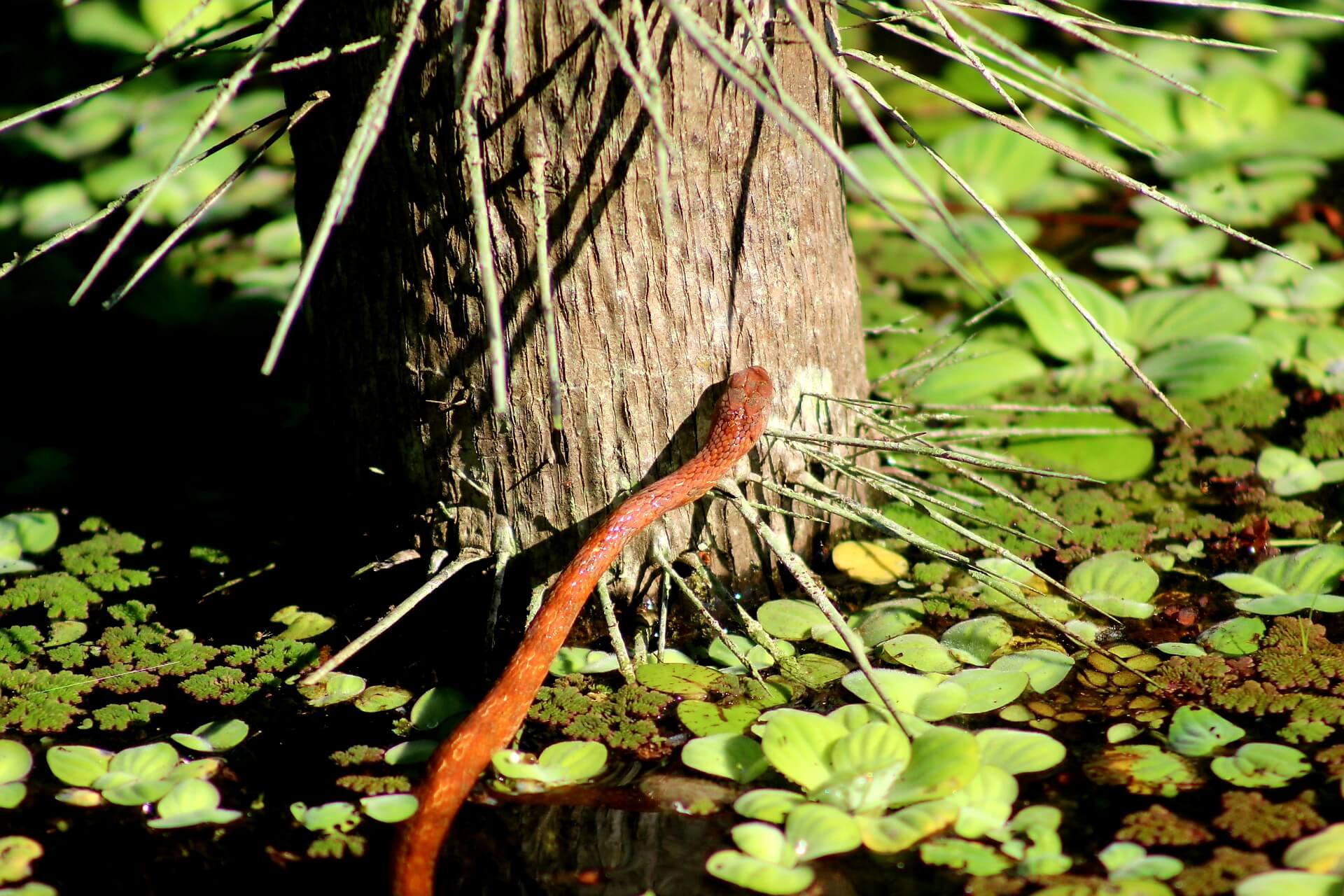
By
Claire Kredens
It’s no secret that the Amazon is one of the most biodiverse and important ecosystems in the world and currently faces high rates of deforestation. These are two forces that do not mix—heavy deforestation causes extinctions we do not even know are happening, creates chain reactions of environmental disasters like floods, decreases carbon sequestration (giving us less protection against climate change), and changes weather patterns.
It’s not all doom and gloom—one way to help conserve the Amazon is simply to visit it in a very responsible manner.
Choosing sustainable accommodations
When planning a trip to the Amazon, choosing a lodge, tour, or activities that are sustainable, responsible, and in the best interest of the forest and communities within it is of utmost importance. Many lodges and tourist attractions in the Amazon take advantage of people wanting to see as much as they can during their short trips with all the luxuries of home. This results in many animals being exploited via practices like baiting, illegal capture for paid wildlife interaction, and their habitats being invaded with modern (rather than sustainable) infrastructure and amenities.
With all of this in mind, I chose to visit the Peruvian Amazon with Otorongo Expeditions during the wet season. It was the best three days I could have imagined; we saw sloths, prehistoric-looking birds, monkeys, boas, poison frogs, primary forest, and much more. Otorongo prides itself on promoting sustainable community development and providing authentic Amazon experiences with a small footprint on the forest. They do not condone activities that harm the forest or its creatures (like sloth selfies), rather, they expose visitors to opportunities to see animals in the wild.
Sustainable efforts in the Amazon
While I visited the Amazon to see its famous biodiversity and support sustainable tourism efforts, I am glad it was not entirely the pristine paradise advertised by other tour companies, giving a false illusion that the forest is not under threat. Otorongo promises the visitor the authentic Amazon, and that is exactly what we got.
We saw plastic in the Amazon River where the pink and gray freshwater dolphins swim, trees cut down for agriculture, and smoke coming from the tree line in the distance. Most memorably, while on a boat excursion to search out unique wildlife, our guide Eddy turned to us and said, “I hate that sound–saws–they are cutting down the forest.”
Conservation efforts
I listened, and tears came to my eyes; we then had an honest conversation about deforestation and conservation efforts. Eddy supports sustainable and authentic tourism because he believes that when people come to the Amazon, not only does it provide financial reasoning for conservation, but it also fosters environmental stewardship; visitors will go home with awareness of the threats facing the forest and hopefully take action.
Returning from our last water safari, we were treated with National Geographic-quality wildlife sightings and predator-prey interactions. We were awestruck when three blue-and-yellow macaws flew overhead, a lottery sighting for this part of the Amazon.
After contributing to reforestation by planting trees on Otorongo’s property, I was reminded of our guides’ and navigators’ connection and commitment to the wellbeing of the forest.
Inspired, covered in bug bites, and reminiscing of the beauty and destruction of the forest, I departed with hope and a renewed commitment to doing my part in conserving the incredible Amazon.
*Special thanks to my friends at Otorongo Expeditions, our guide Eddy, and team of navigators for an incredible visit and allowing me to write about their wonderful Amazon operation. All photos are the author’s and taken on Otorongo’s property.
Tips and tricks for finding a responsible rainforest lodge/tour operator
- Do NOT support attractions that guarantee animal sightings or interactions—these attractions use practices like baiting, inhumane captivity, or illegal capture to provide these experiences. The best and most responsible way to see animals is in the wild, and many tour guides know where to look to give you the best chance at seeing what you came to see.
- Do your research! It took me weeks to decide on a lodge that fit my needs. Read reviews, the operator’s website, and anything else you can to ensure that it is community-based, uses sustainable practices, and advertises respect toward nature (example: Otorongo’s website says do not take sloth selfies).
- Get out of your comfort zone. Rainforests can be terrifying in the best way. Do not expect modern amenities, hot showers, bug-free rooms, and air conditioning. Live minimalistically and get the full rainforest experience; it will allow you to immerse yourself into the forest—not to mention staying someplace with minimal amenities usually requires less destruction of forest land.
- Watch what you buy. Some markets in rainforest areas provide souvenirs made with animal parts. If you are buying, for example, exotic bird feathers, remember that they came from a living animal and could have been part of the illegal wildlife trade or illegal sourcing.
- Don’t fall for greenwashing. If a lodge or operator says holding a sloth is okay, it is not okay. It is illegal (in Peru) to make money off of a captive wild animal because it causes harm to ecosystems and the animals, and sends the wrong message about wildlife. Many operators will try to convince tourists that certain practices are ethical or responsible when they are not. Trust your gut, and confer with your travel party if something seems off.
Keep up with all of Green Living’s content by visiting our website.
Claire Kredens is a master’s student in community resources and development at Arizona State University and works at the Center for Sustainable Tourism. She loves to travel, but wants to make tourism as sustainable and beneficial for the environment and local communities as can be. She hopes to work internationally in places of high biodiversity in order to use sustainable tourism as a tool for conservation and sustainable development.






